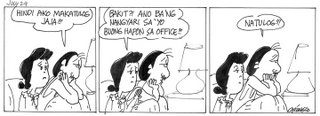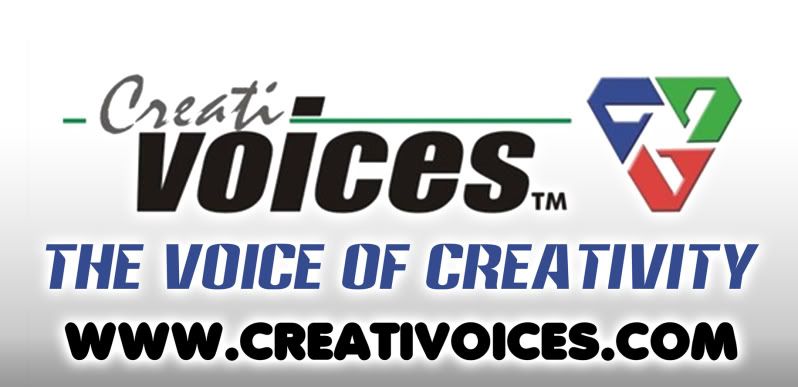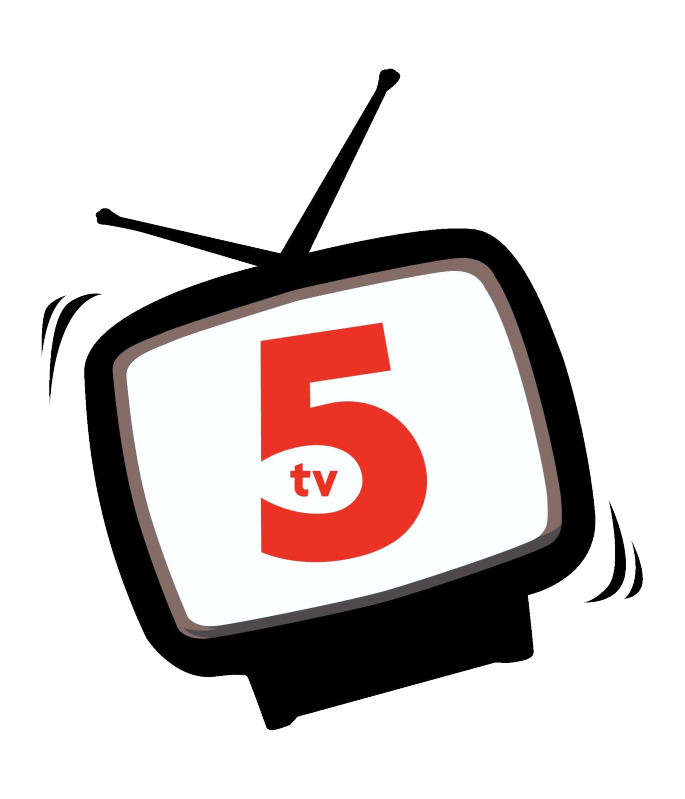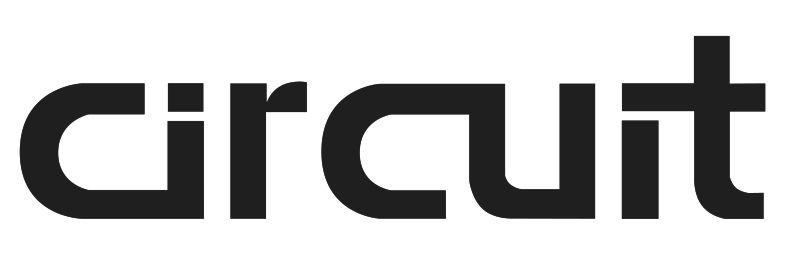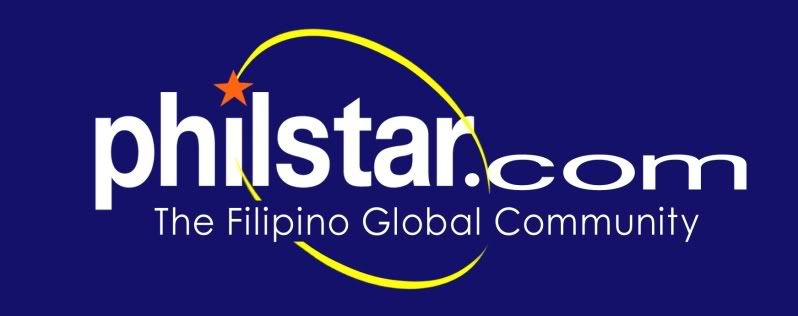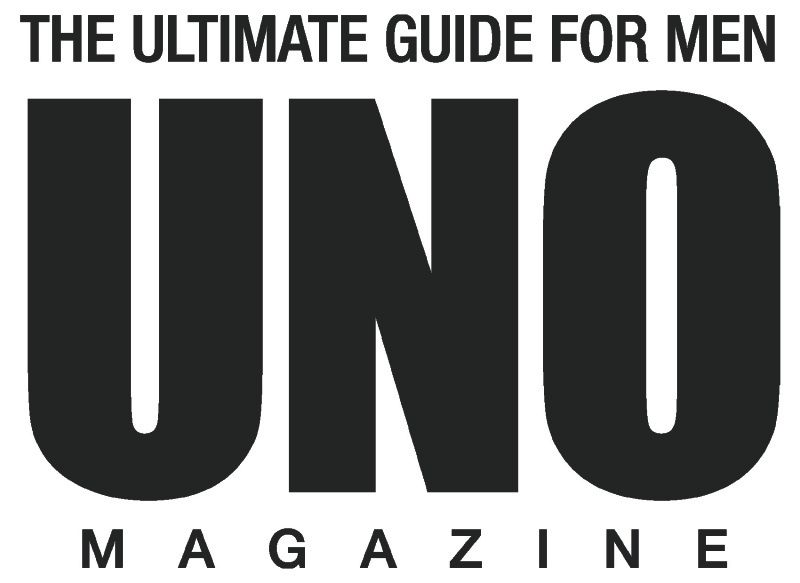Rules:
1. Contest is open to all comic book artists except for professionals with published works sold in bookstores.
2. Contestants/ groups are limited to only one entry.
3. Entries submitted by groups are required to submit the names of the individuals involved in creating the indie. Group entries with professionals on board are automatically disqualified.
4. Entries should adhere to the given theme. Entries deviating from the theme shall be automatically disqualified. This year’s theme is : “Pinoy Movie Clichés”
5. Submit 3 copies of your entry to:
KOMIKON 2006: COMIC MAKING CONTEST
c/o Jon Zamar at 132 a Narra Street,
Project 3, Quezon City 1102
Or Submit entries through the following stores:
- Comic Quest in SM Megamall, Building A, Basement (update as of Sept. 4, 2006)
- Comic Quest in SM North EDSA, 2nd Floor (update as of Sept. 4, 2006)
6. Deadline of submissions will be on September 30, 2006. Entries submitted beyond September 30 shall not be accepted.
7. Winners shall be announced on the event itself on October 21, 2006 and shall be notified via e-mail or phone.
8. The judge’s decision is final.
9. Entries should be in the form of a comic book with the following specs:
o 8.5 X 6.5 (long bond paper, folded, and stapled twice in the middle)
o Entries should be placed in a short brown envelope with their name, address, phone number, and e-mail written legibly at the upper left hand corner.
o Stories must be 8 to 20 pages long (including cover)
o Please note that entries are non returnable. Entries should be reproductions only. (originals will not be accepted)
o Colored and/or black and white entries are accepted.
o There are no restrictions as to the genre or art style that can be used as long as the comic book follows the given theme.
o The story should be in the form of a one-shot title. It should be whole in itself, with a clear beginning, middle, and end. Multiple comic stories in a single entry (anthology) will not be allowed.
10. Criteria for Judging:
o 40% Visual narrative
§ Knowledge and application of the visual language of comics.
o 30% Story
§ Concept and integration of the given theme in a cohesive and entertaining tale.
o 20% Presentation
§ Expertise in comic book production. This includes legibility, quality of reproduction, and overall tech savvy.
o 10% Overall impact
§ This refers to how all of the elements unite to form a solid comic book.

